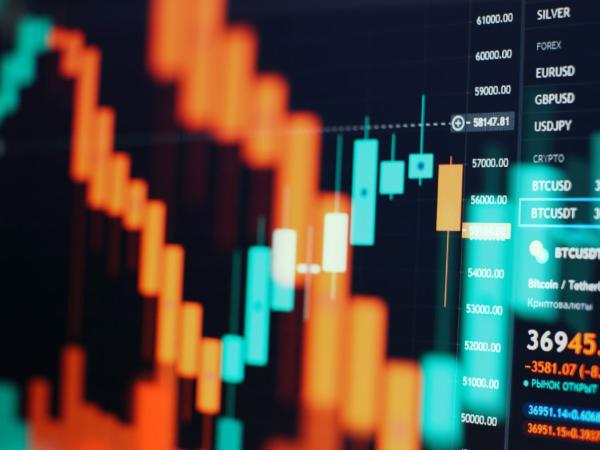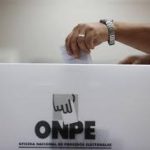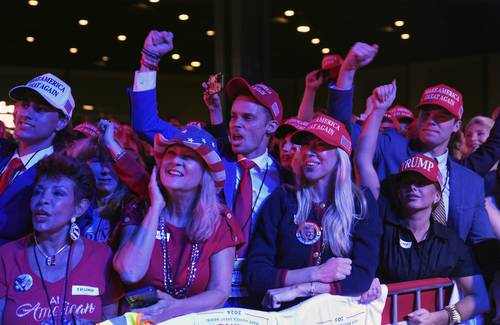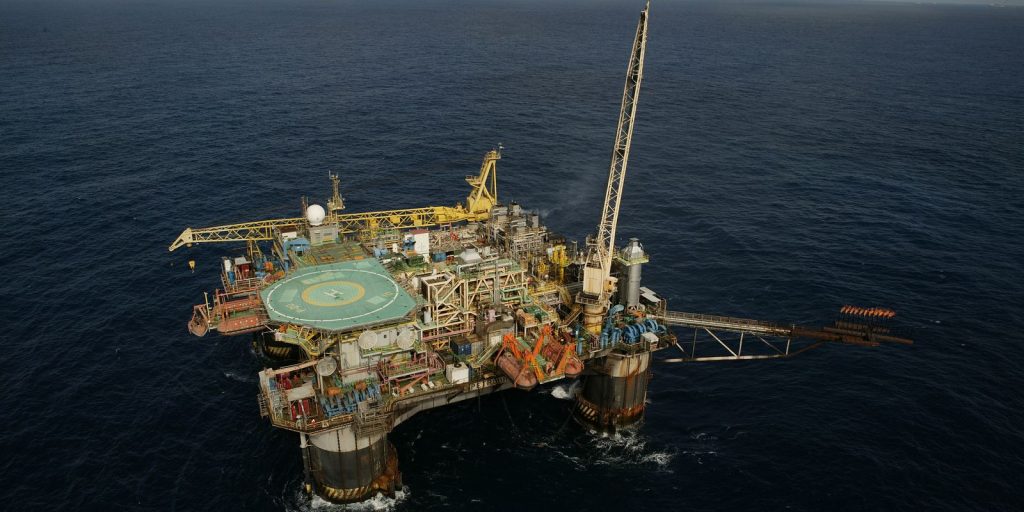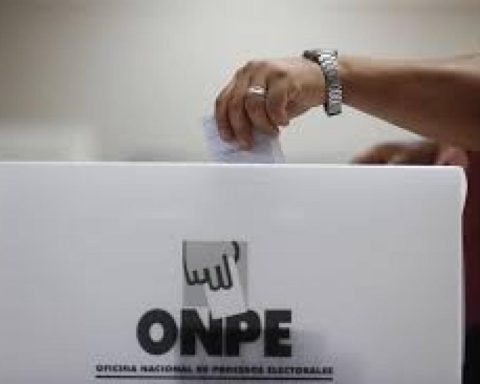In August, iShares fixed income ETFs (Exchange Traded Funds) from BlackRock, the world’s largest asset manager, surpassed $1 trillion in assets. This event occurred 12 months after the global fixed income ETF sector itself reached $2 trillion in assets, marking a historic moment for the sector.
(Read more: Fedecafé is committed to sustainability to ensure the quality of coffee)
Bond ETFs have revolutionized the way fixed income investing, from small investors looking to secure returns from diversified products, to large institutional investors using the liquidity and precision of bond ETFs to manage risk on a large scale.
Benjamín Souza, director, Latin American Fixed Income strategist at BlackRock, spoke with Portafolio.
What is an ETF?
They are exchange-traded funds, a financial product that is used to buy or sell a share in a bond or stock portfolio in a simple transaction. They are a portion of a very large asset.
What is the importance and value of BlackRock fixed income ETFs surpassing $1 trillion?
The point is that it is a confirmation that this structure or wrapper is working. It is evolving in use, as they came out in segments such as Treasury bonds and this year active funds are being made available to investors.
Investors are having access to different types of investments from all countries and in Colombia this product is growing.
They can have exposure to fixed income and variable income segments (stocks) and there are different uses and it is also a transparent and efficient tool to manage risk.
(Read more: Insecurity and the economy continue to generate uncertainty among Colombians)
But the number is telling…
It is not just about reaching this milestone figure, as investors are using it to distribute different assets and for other uses.
At BlackRock we have experience in equity ETFs and the first one that was replicated was the S&P 500 stock index in 2002 and what we are seeing is an acceleration due to new technologies in recent years.
In the United States there is great development with products from many sectors, including the mortgage market.
How is the ETF market moving in Colombia?
In the Colombian Global Market (MGC), of the Colombian Stock Exchange, this type of alternative is recent and we see that adoption is going quickly. In Colombia, the MGC ETFs are worth US$100 million. In Mexico it is US$20,000 million.
iShares is the brand of BlackRock ETFs that are listed in the United States and especially used by investors there and some pension funds that can be negotiated in countries such as Mexico and Chile, with which that economic power has signed treaties. double taxation.
In Colombia, what type of ETF can investors find?
ETFs can be found with local instruments and the restriction of the underlying (physical or financial asset) is liquidity. In other markets it is easier to find underlying assets, such as in the United States Treasury bond market, where there are US$100 billion placed.
(More news: Financial sector asks to guarantee funds for housing subsidies)
Benjamín Souza, Director, Latin American Fixed Income Strategist at BlackRock.
(Read more: Actions & Securities seeks to reach 600,000 investors on the trii platform by 2025)
But as in any financial activity, there is always risk…
What we want, when we take out an ETF, is for them to understand the risks and the promise of maintaining the expectation, but when there is no liquidity it is difficult to maintain the promise.
And is there an ETF that groups together different assets from several emerging countries?
Yes, there is an emerging fund in local currencies of several countries. It is called iShares JP Morgan Bond, which is worth US$3.27 billion and has debt securities from the Colombian Government (TES) and other countries such as Indonesia, Malaysia, Brazil, etc. In this ETF the weight of Colombian papers is 4%.
How many ETFs are there in force in the world, from BlackRock and other asset managers?
There are 430 of us alone in fixed income and of all the others there are 1,800. In actions there are many more.
As we evolve into a second generation we look at what more can be done, such as offering exchange or interest rate hedging.
What are the costs and profitability like?
The cost of ETFs is significantly lower because of the competition there is. The cost of fixed income is close to zero and the maximum could reach 100 basis points and an average of 20 basis points annually on the investment, that is in the industry. At BlackRock the average is 15 basis points and in terms of return it is on average 5%.
(Read more: Were companies the cause of post-pandemic inflation?)
HOLMAN RODRÍGUEZ MARTÍNEZ
Portfolio
